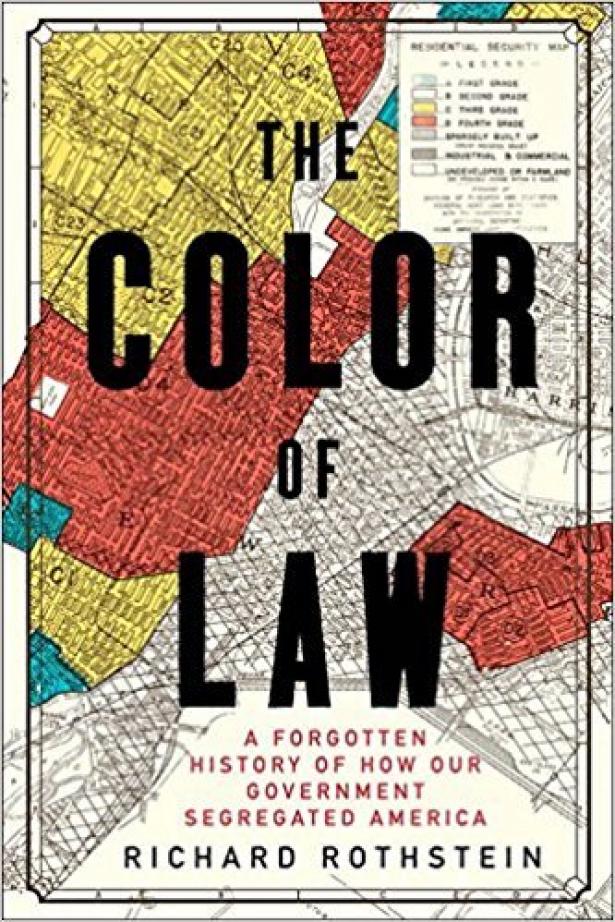

Builders, homeowners, and homeowner’s associations used these clauses to keep neighborhoods segregated. There was also a history of “restrictive covenants,” which prohibited white people from selling their homes to black people. Rothstein notes that loan restrictions were not the only factor keeping middle-class African Americans out of the suburbs. Roosevelt’s administration redlined black neighborhoods and refused to issue loans or insure bank mortgages in those areas. The New Deal made homeownership affordable for the middle class, which was a stepping-stone to the middle class-but only for white people. In Chapter Four, Rothstein explains how government prevented African Americans from moving into white suburbs. Some blocks had no apartments on them at all due to these restricted zones for better living all around.

Another example is how single-family houses are sensitive areas that have minimum density and maximum density in certain neighborhoods. The first zoning law was made up of height restrictions so buildings couldn’t be taller or shorter than the surrounding buildings and using setbacks to make this happen. In the chapter, Rothstein explains zoning laws. He states that after World War II, African Americans were moved into segregated projects because whites had left for the suburbs with federal assistance. In this book, Rothstein examines public housing and how it was built in different neighborhoods based on race. The government has used several methods to segregate the country. This created segregated neighborhoods where African Americans were forced to live and services such as schools and hospitals were taken away from them over time as they became poorer communities. The government made it so only white people could get housing loans for houses in certain areas while excluding others based on their race.

After World War II ended and production slowed down, Ford moved its operations to Milpitas-an hour away from where Stevenson lived-and he had no way of getting there because African Americans were not allowed to live there. In Richmond, California, a black man named Frank Stevenson worked at Ford Motor Company and lived with his family in an apartment complex near the factory. In the first chapter, Rothstein explains that segregation was illegal but still existed in many cities. Even today, governments are still actively segregating American cities to African Americans’ disadvantage. This segregation is responsible for African Americans being impoverished and blocked from homeownership. He claims it’s de jure rather than de facto and that it has been implemented by all levels of government. In The Color of Law, historian Richard Rothstein argues that segregation is not a natural phenomenon in the US.

1-Page Summary of The Color of Law Overall Summary


 0 kommentar(er)
0 kommentar(er)
